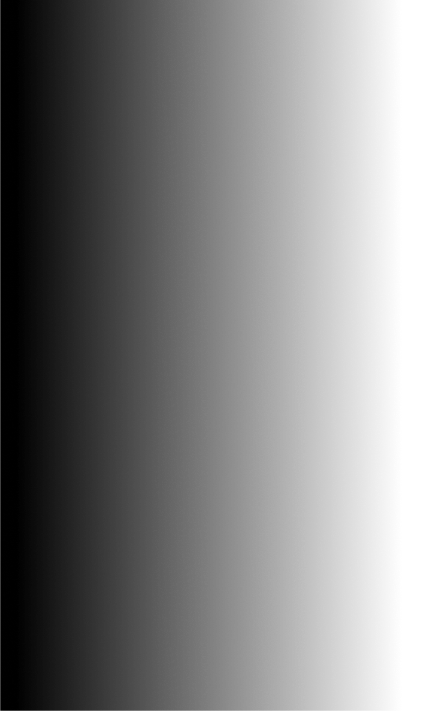How to Fix Scratches in Plastic Car Film: Step-by-Step Guide
How to Fix Scratches in Plastic Car Film: Restore Your Wrap or PPF Like New
Plastic car films like TPU wraps and paint protection film (PPF) have become popular options for vehicle owners looking to protect their paint while enhancing aesthetics. These films provide a layer of defense against minor abrasions, UV rays, and road debris. However, over time and with regular driving, even the best-quality films can develop scratches.
If you’re dealing with minor scuffs or deeper marks in your plastic car film, you might wonder: Can I fix it? Or do I need a complete re-wrap?
The good news is that many scratches in plastic car films can be repaired at home or by a professional, especially if you’re using a high-performance film like those from TERMINAX. In this guide, we’ll cover the different types of scratches, when they’re repairable, how to fix them, and how to maintain your film going forward.

Understanding Plastic Car Films: PPF vs TPU Wrap
Before diving into repair methods, it’s important to understand the type of plastic film on your car.
Paint Protection Film (PPF)
PPF is a transparent polyurethane-based film designed to protect a car’s original paint from chips, scratches, and environmental damage. Most modern PPFs, including TERMINAX films, come with self-healing properties, which means they can repair light surface scratches with heat.
TPU Wrap
TPU wrap is a colored or textured plastic film used for restyling a vehicle’s appearance. It doesn’t typically have self-healing qualities, and scratches may be more visible and harder to repair.
The repair strategy you use will depend on which type of film is installed on your car.
Types of Scratches in Car Film
Scratches in car films can vary in depth and severity. Identifying the type helps determine the best fix:
- Surface Scuffs: Light marks that haven’t penetrated the top coat. Often caused by car washes, dust, or brushes.
- Shallow Scratches: Slightly deeper but still within the surface layer of the film. Usually fixable with heat or polishing.
- Deep Scratches or Cuts: Cuts that go beyond the top layer, exposing the adhesive or even the paint beneath. These often require film replacement.
How to Fix Light Scratches in PPF (Paint Protection Film)
If you have TERMINAX PPF wrap or another high-quality self-healing film, repairing light scratches can be surprisingly simple.
Method 1: Use Heat to Activate Self-Healing
Most self-healing films repair themselves when exposed to heat.
You’ll need:
- Warm water, sunlight, or a heat gun/hairdryer
- Microfiber cloth
Steps:
- Clean the area with a gentle car wash soap and a microfiber cloth.
- Dry the surface completely.
- Apply heat:
- If it’s a sunny day, leave the car in direct sunlight for a few hours.
- For quicker results, use a heat gun or hairdryer at medium heat.
- Hold the heat source about 6–10 inches away from the surface.
- Move in circular motions, slowly heating the scratched area.
- Let the film cool down. The scratch should gradually fade or disappear.
Note: Don’t overheat the film—this could cause warping or bubbling. TERMINAX PPF is designed to respond to safe, moderate temperatures.
Method 2: Warm Water Method
For ultra-light swirls or scuffs:
- Boil water and allow it to cool slightly (not scalding).
- Pour the warm water over the affected area slowly.
- Wipe gently with a microfiber cloth.
This can be surprisingly effective for very minor imperfections.
How to Fix Light Scratches in TPU Wrap
TPU does not have self-healing properties, so the goal is to minimize appearance rather than actually “heal” the damage.
Method 1: Polishing Compound (Carefully)
Use only wrap-safe polishes or detailing products—some abrasives can ruin TPU.
You’ll need:
- Non-abrasive TPU-safe polish or cleaner
- Microfiber cloth or dual-action polisher on low speed
Steps:
- Gently clean the area.
- Apply a small amount of polish to the cloth or polisher pad.
- Work in small circular motions with light pressure.
- Wipe clean with a fresh microfiber towel.
This can help minimize the appearance of shallow marks but won’t remove deep cuts.
Method 2: Steam Method
Steam can help soften the TPU and allow some scratches to reduce slightly.
- Use a handheld garment steamer or steam cleaner.
- Gently steam the scratched area while using a microfiber cloth to press and smooth out the film.
- Do not over-saturate or stretch the wrap.
How to Repair Deep Scratches in Car Film
If a scratch has torn through the film, self-repair is not recommended.
Option 1: Spot Replacement
If the damage is localized (like a 3×3-inch section), a professional installer can remove the damaged section and apply a patch. This is more cost-effective than replacing the entire panel.
Option 2: Full Panel Rewrap
For large scratches or visible damage in high-profile areas (like the hood or door), a full panel rewrap ensures the best appearance.
Why professional installation is important:
- Perfect alignment with the existing film
- Clean, bubble-free finish
- Matching gloss or matte levels
TERMINAX-certified installers can match film precisely, so you don’t get uneven textures or seams.
Preventing Scratches in Car Film
Once you’ve fixed the scratches, it’s time to protect your film going forward.
Tips:
- Wash using the two-bucket method with a pH-neutral shampoo
- Avoid automatic car washes with brushes
- Use microfiber towels only
- Apply a wrap-safe sealant or ceramic coating for extra protection
- Park in shaded areas to reduce environmental wear
TERMINAX PPF is compatible with ceramic coatings, allowing an added layer of protection without interfering with its self-healing properties.
When to Replace the Film Entirely
Sometimes replacement is the better long-term solution, especially when:
- Scratches are widespread across the surface
- The film is older than 5–7 years
- Edges are peeling or bubbling
- The color has faded or yellowed (for clear PPF)
TERMINAX films are designed for easy removal without damaging the paint beneath, making them ideal for replacements or updates.
Final Thoughts
Fixing scratches in plastic car film doesn’t have to mean a full replacement. Whether you have a self-healing PPF like TERMINAX or a stylish TPU wrap, many surface marks can be minimized—or even fully repaired—with the right tools and techniques.
Light scuffs often respond well to heat, polish, or steam. Deeper scratches may need professional help, but they don’t always require replacing the whole wrap.
By maintaining your film properly and using high-quality products, you can keep your car looking pristine while protecting your investment for the long haul.
Explore TERMINAX paint protection film and TPU wrap solutions for scratch-resistant, self-healing protection that performs under pressure and keeps your car looking fresh.


